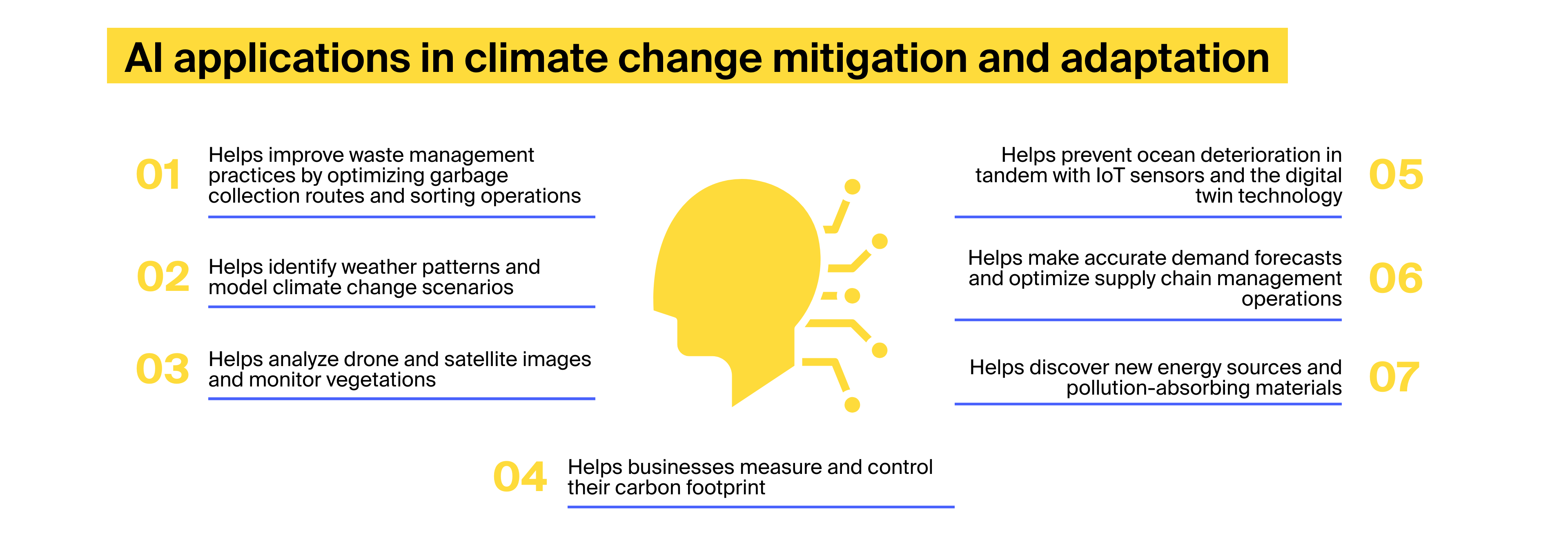Oceans regulate our climate and generate half of the oxygen we breathe. But with global warming, they can turn into a threat. Think of storms and rising sea levels, which can displace
up to 187 million people by 2100 if the ice continues to melt at the same rates. Climate change technologies can help us understand what’s happening with the oceans and prevent deterioration. Here is how Ronan Fablet, professor at IMT Atlantique, France, one of the winners of AI for Earth EU Ocean award,
puts this: “Data can help tell us about the health of our oceans, including temperature and rising sea levels. But we need technology’s help to capture this vast amount of data and convert it into actionable intelligence. Fundamentally, AI can accelerate our ability to observe ocean dynamics and how they are changing at a global scale”
When it comes to data, oceans are heavily underrepresented. There are 35 billion sensors positioned on land to gather data, while there are
less than 10,000 sensors located in the ocean. Ocean Data Alliance uses IoT and AI to collect and analyze ocean data to build a digital twin ocean and understand what happens above, on, and below the ocean’s surface. This information enables decision makers to monitor aspects, such as fishing, ocean mining, and the outbreak of marine disease.















